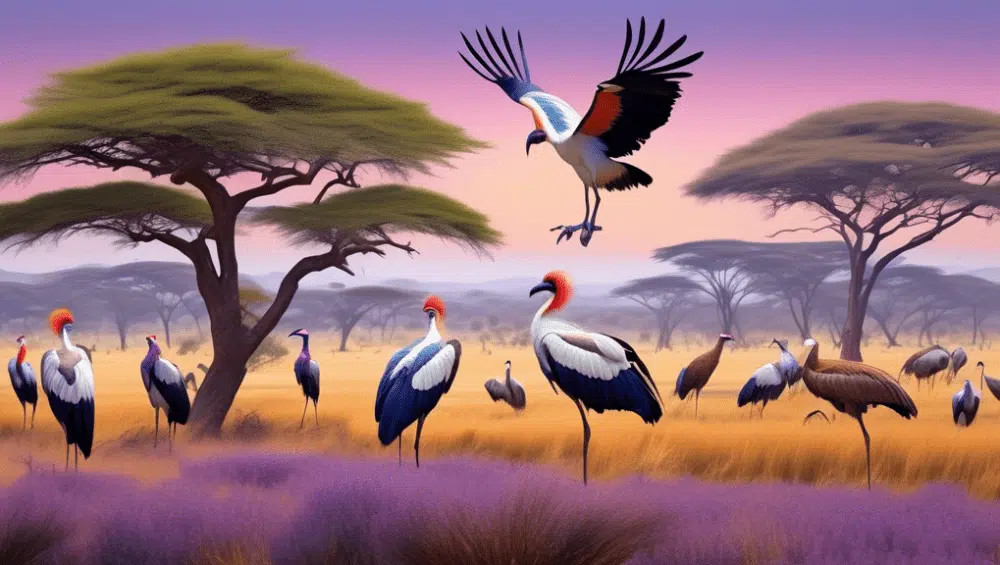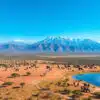The Great Migration Witnessing Natures Most Spectacular Event in Tanzania
The Great Migration: Witnessing Nature’s Most Spectacular Event in Tanzania
Ever dreamt of witnessing one of nature’s most awe-inspiring spectacles? Let me tell you about an adventure that should be on every nature lover’s bucket list – The Great Migration in Tanzania. Imagine this: millions of wildebeest, zebras, and gazelles trekking across the plains, with predators lurking at every turn. It’s like a real-life National Geographic documentary! But let’s dive into why and how you should experience this epic event.
What is the Great Migration?
The Great Migration involves over 1.5 million wildebeest, 400,000 zebras, and 200,000 gazelles moving in a continuous clockwise loop through the Serengeti of Tanzania and Masai Mara in Kenya. They are in a relentless search for fresh grazing lands and water. It’s not just a spectacle of sheer numbers but a breathtaking display of survival, persistence, and the raw beauty of wildlife.
When to Witness the Migration?
Timing is key. The migration happens year-round but if you want to catch the most dramatic scenes, aim for July to October. This is when the herds brave the perilous Mara River crossing, a life-and-death dash that attracts numerous crocodiles and lions. Talk about heart-pounding action!
But let’s not overlook other months; from December to March, you can witness the calving season in the southern Serengeti. Thousands of adorable newborns dotting the landscape can melt even the most stoic of hearts. Plus, it attracts predators, so you’ll see a raw and unfiltered display of nature.
Where to Stay?
Choosing the right accommodation can make or break your experience. Consider lodges or mobile camps that move with the migration. Imagine waking up to the sound of hooves and grunts right outside your tent. I stayed at a mobile camp last year, and let me tell you, nothing compares to that immersive experience. You’re not just a spectator; you’re part of the ecosystem.
The Best Way to Witness the Migration
Jump into a safari jeep, of course! Guided game drives are led by seasoned experts who can take you to the best spots at the best times. And don’t forget the hot air balloon rides – there’s something ethereal about floating silently above the endless herd, watching the drama unfurl beneath you.
Preparation Tips
Planning a trip to witness the Great Migration requires some prep. First, book well in advance; this is a bucket-list item for many, and spots fill up quickly. Pack lightweight, neutral-colored clothing for safaris, and don’t forget your camera. Trust me, when you see a lioness on the hunt or wildebeests leaping into the Mara River, you’ll want to capture that memory forever.
Use insect repellent and wear sunscreen. The African sun can be unforgiving, and pesky insects can be a nuisance. A good pair of binoculars is also a must; sometimes, the action happens a bit farther than your camera lens can reach.
Why You Should Go
So, why should you make the journey to Tanzania for the Great Migration? Simple – it’s a once-in-a-lifetime experience. You’ll gain an appreciation for the circle of life in its most unfiltered form. It’s a humbling, exhilarating, and deeply moving experience that connects you with nature in a profound way.
Ready to pack your bags? Don’t hesitate. The Great Migration is something that needs to be experienced firsthand to be truly understood. Get ready for an adventure that will leave you speechless and your heart full of admiration for the wonders of our natural world.












